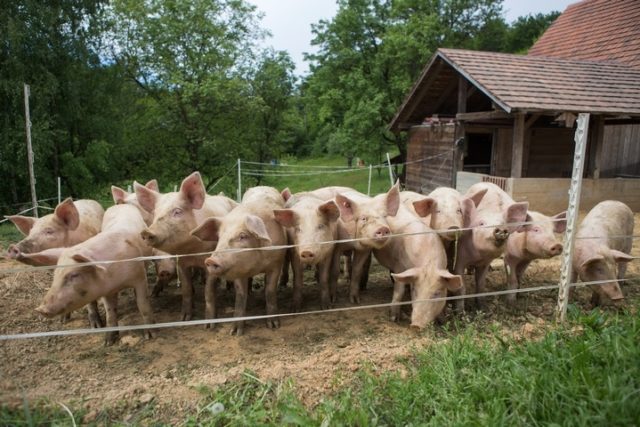What livestock a farm raises plays a dominating role in how a farm operates, what equipment and processes are required for daily maintenance, and the overall operation costs. In an agricultural setting, a farm may exclusively be tailored to one type of livestock or may have multiple. Livestock is a diverse collection of animals, each with pros and cons.
The products produced from the most common livestock include meat, eggs, milk, fur, leather, and wool. Here are the types of livestock you are most likely to find on a farm.
Type #1: Cattle Livestock
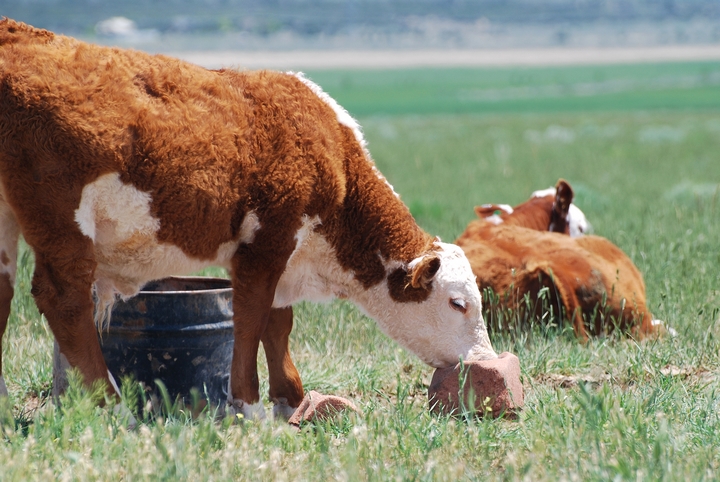
Cattle are the most common type of livestock in Canada and the United States. Cattle farming is done for several reasons, including selling animals and producing specific products such as milk. They require regular maintenance, from feeding to health monitoring. You also need to be mindful of their living conditions, such as installing barn fans to regulate the ventilation.
If you’re bringing up other crops, cattle have a net positive effect on soil help. They can aid in turning over a significant harvest.
Type #2: Sheep Livestock
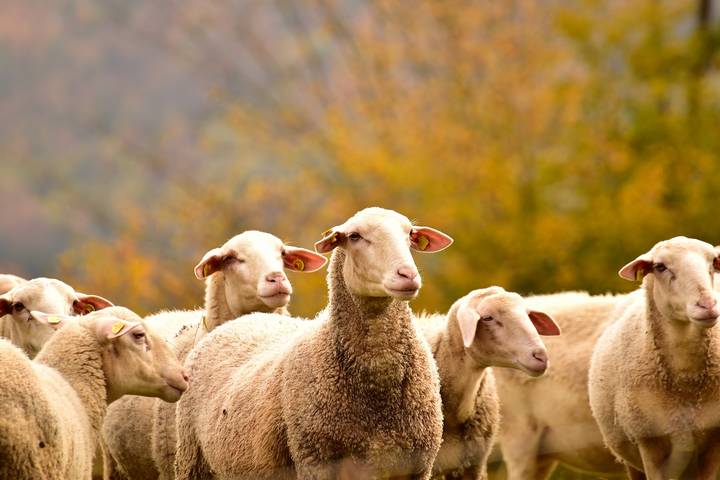
Sheep can produce several things, such as wool for clothing, nutritious milk, and meat in the form of mutton or lamb, and they’re fairly friendly. Some farmers would argue that sheep are better than cows as sheep get to puberty earlier, have a shorter gestation period, and have a higher prolificacy. They can prove to be an ideal form of livestock for a farm.
Type #3: Goat Livestock
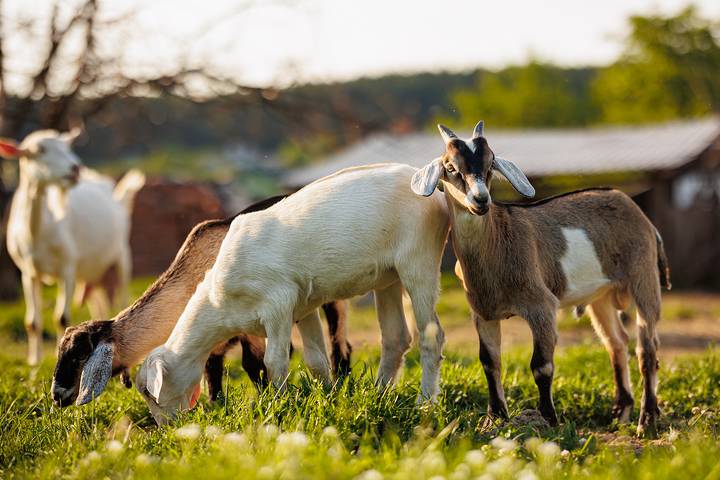
Goats for a small farm are perfect. They’re often a go-to animal for small farmers, hobby farmers, and homesteaders. They are good for their milk, meat, and fibre. Goat milk can be used to produce cheese, soaps, and lotions. Goats are also far less cumbersome to manage and maintain than cattle, with fewer needs and fewer costs involved on average.
Type #4: Pig Livestock
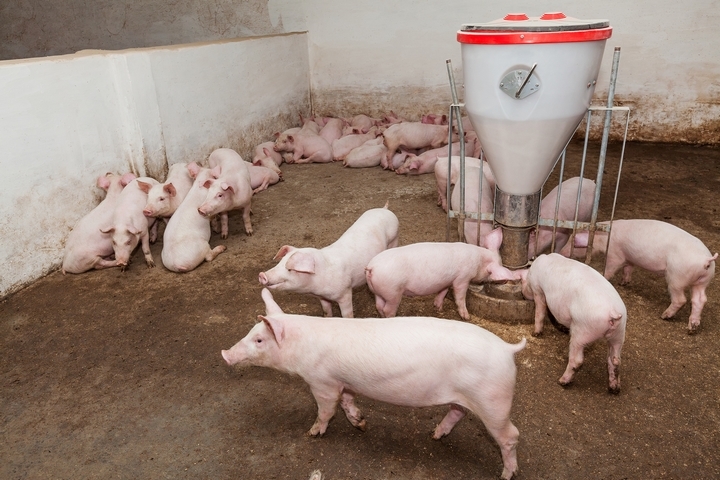
Pigs are another excellent choice for livestock. They have fast growth rates and offer excellent feed-to-meat ratios. Pigs are easy to raise, do not require much space, and are generally docile. They also offer much breeding potential, perfect if you want to quickly ramp up your animal count. Pig farming can prove very lucrative as they multiply quickly under the right conditions.
Type #5: Horse Livestock
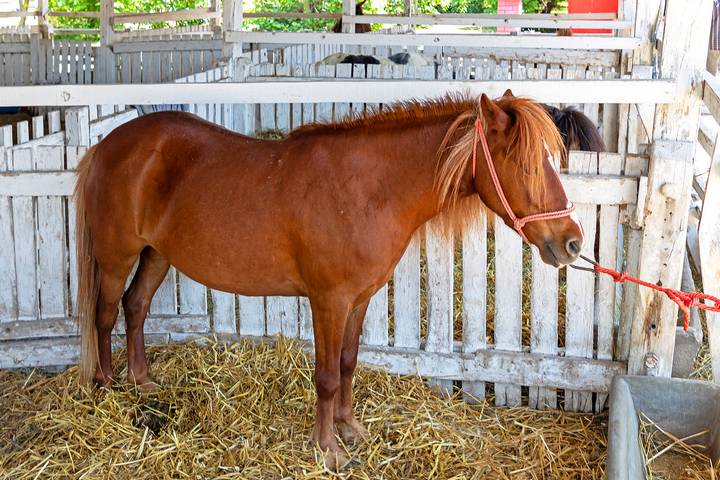
Horses are considered livestock by some as they are raised in an agricultural setting. That said, in some jurisdictions, horses are not classified as such. For this article, we accept horses as a type of livestock. They are generally bred for a range of purposes which, unlike other livestock, is more tailored to human interaction rather than to provide meat or another product to sell.
Type #6: Rabbit Livestock
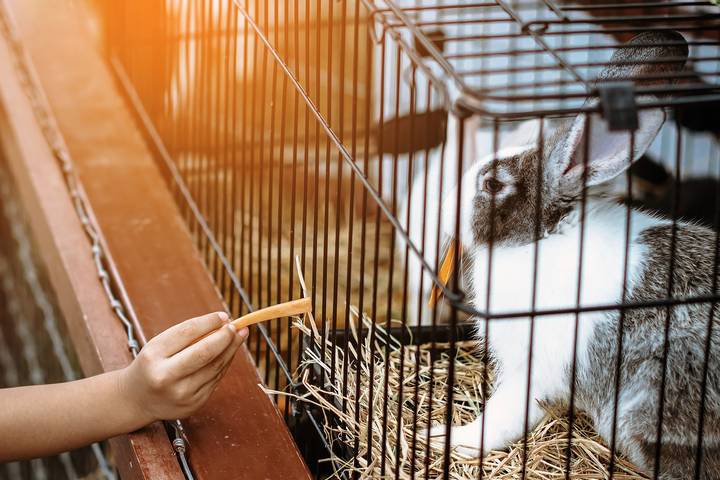
Above all other micro-livestock, rabbits are by far the most common. That is because there exists the potential for them to be one of the most profitable livestock to raise. That is because they require very little space compared to other livestock on this list. They are non-demanding and require very little care. Though rabbits are extremely susceptible to disease, they also reproduce very quickly.
Type #7: Goose Livestock
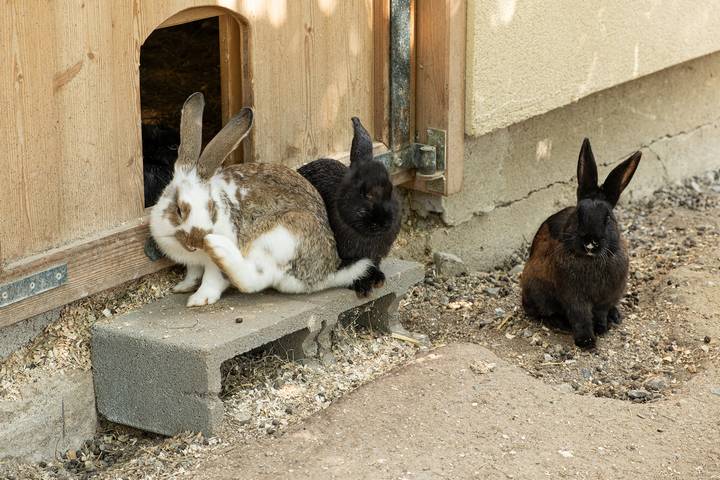
An unexpected name you might not expect to find on the types of livestock list is geese. Geese are an excellent form of livestock because they mature fast, eat less feed than chickens, can forage for their food, and can provide sufficient meat for a small farm or homestead.
They may be one of the more self-sufficient types of livestock when grown domestically. Gees are also aggressive and protective of other livestock, which can aid if predators come for your chickens or similar animals that would normally be defenceless.
Type #8: Donkey Livestock
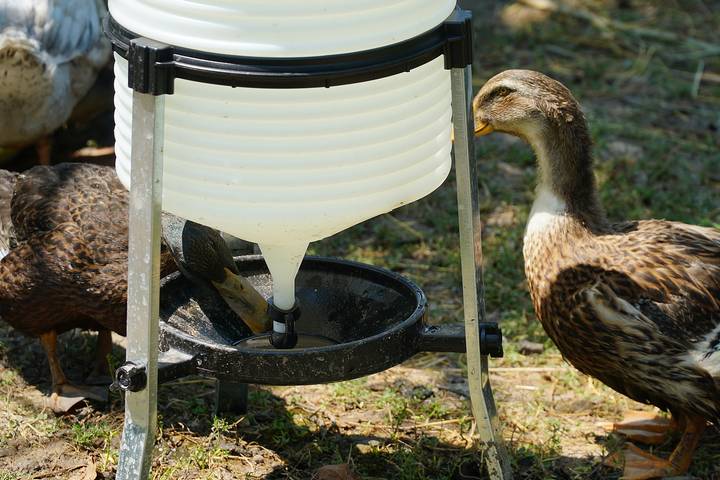
Donkeys are a type of livestock many farms use as a guard animal. They have an inherent dislike towards coyotes and wild dogs and aren’t afraid about getting aggressive towards threats of this nature. Donkeys also have a natural herding instinct which can be helpful when raising sheep or similar livestock. Donkeys make for a complementary addition to your livestock collection.
Type #9: Turkey Livestock
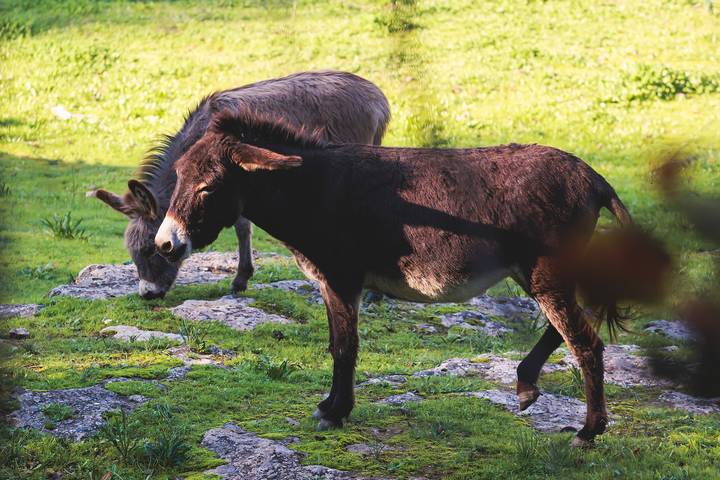
Turkeys are fun, friendly, and profitable to include on a livestock farm, especially if it’s a smaller farm or homestead. Turkey is often raised for meat though some may opt to keep them as pets. Though turkeys require adequate space to move and roam freely, they are fairly low-maintenance.
A fenced-in yard and sheltered coop should protect them from predators like coyotes and snakes.
Type #10: Micro-Livestock
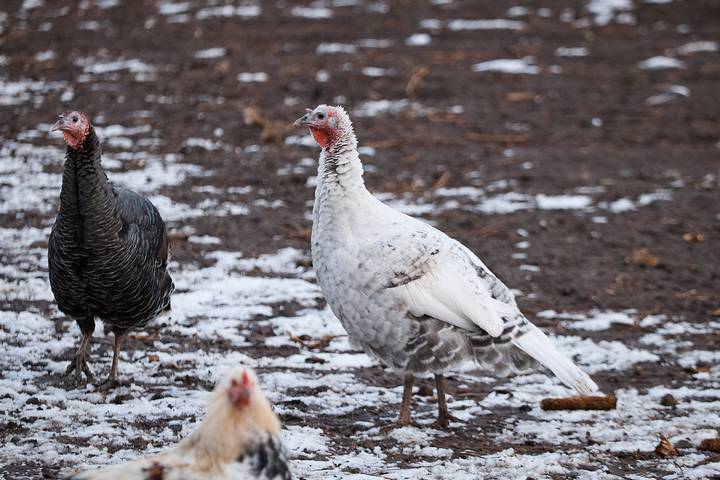
There is also a type of livestock called micro-livestock. This is much smaller animals than normally found on a farm or ranch setting. Rodents, rabbits, crickets, and honey bees are all included in micro-livestock. Any type of small animal similar to those mentioned that are actively kept and raised on agricultural land can be considered micro-livestock.
As a last note, fish and chickens are generally not considered to be livestock following the definition provided by the USDA. This is because chickens are the raising of a bird while fish is in its category. They do not follow the strict pattern of mammals, such as cows, sheep, and goats. That said, we will include chickens and fish on this list, as they are often inquired about when new farmers consider what type of livestock they want on their agricultural property.

